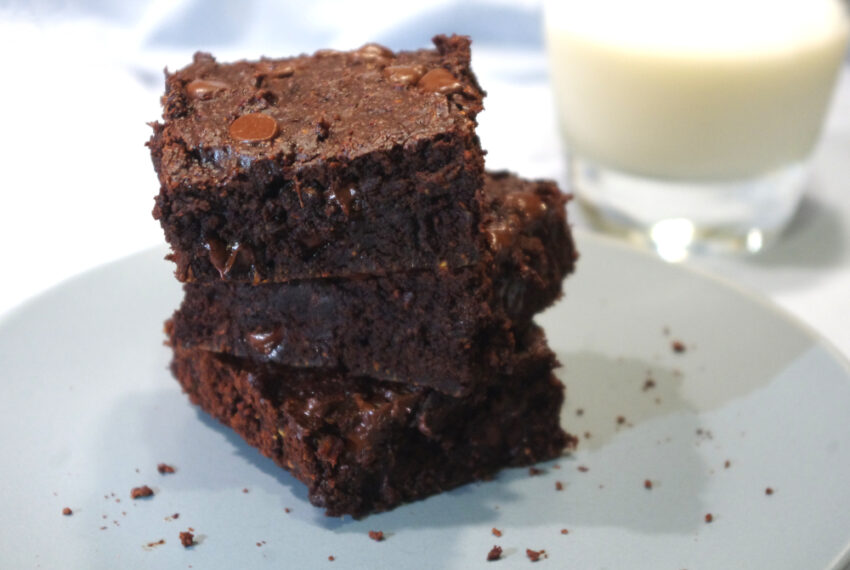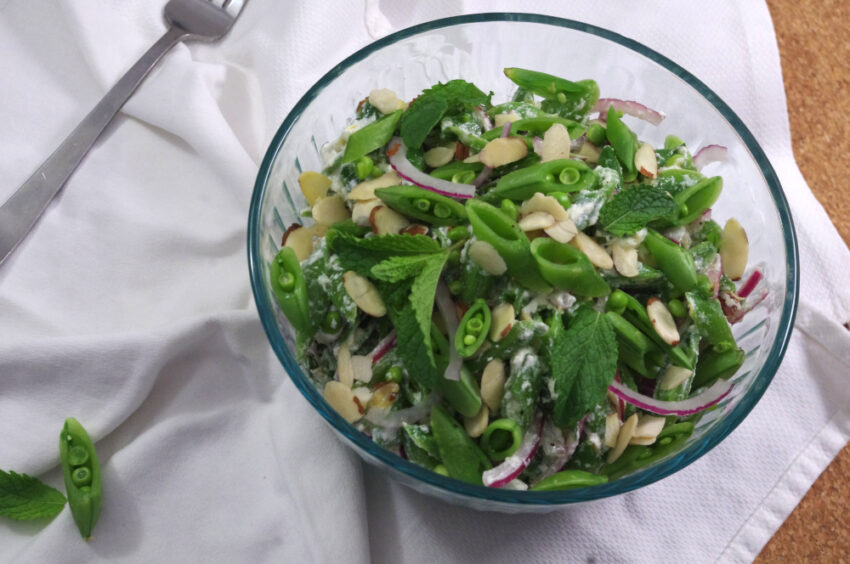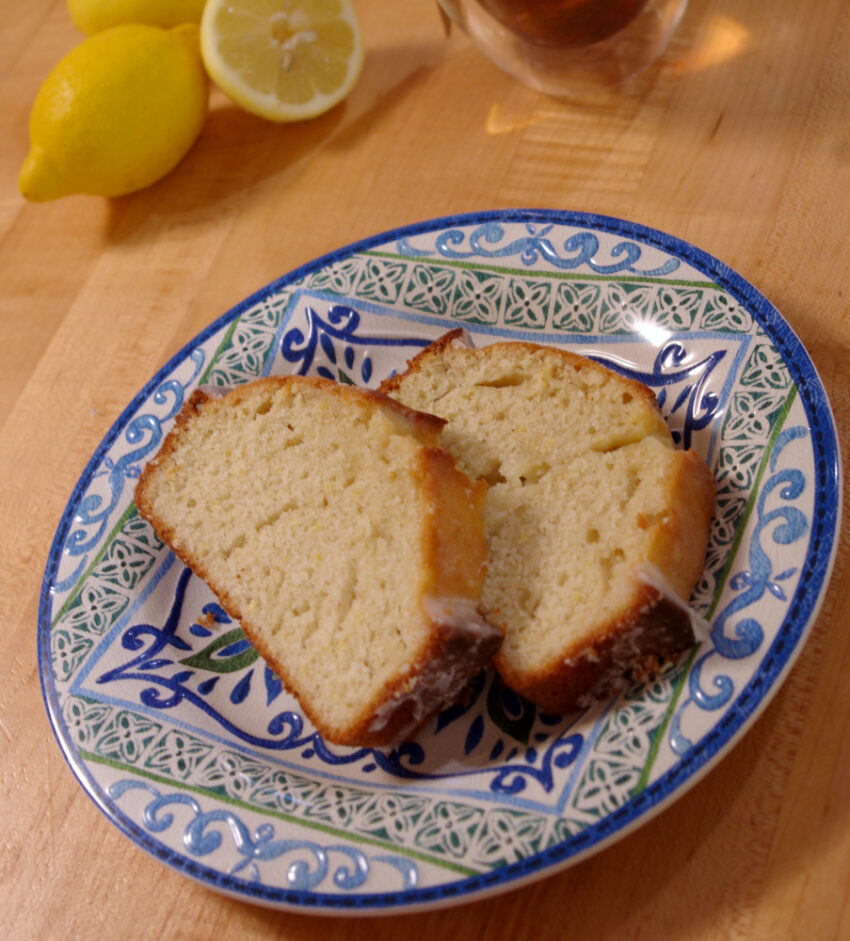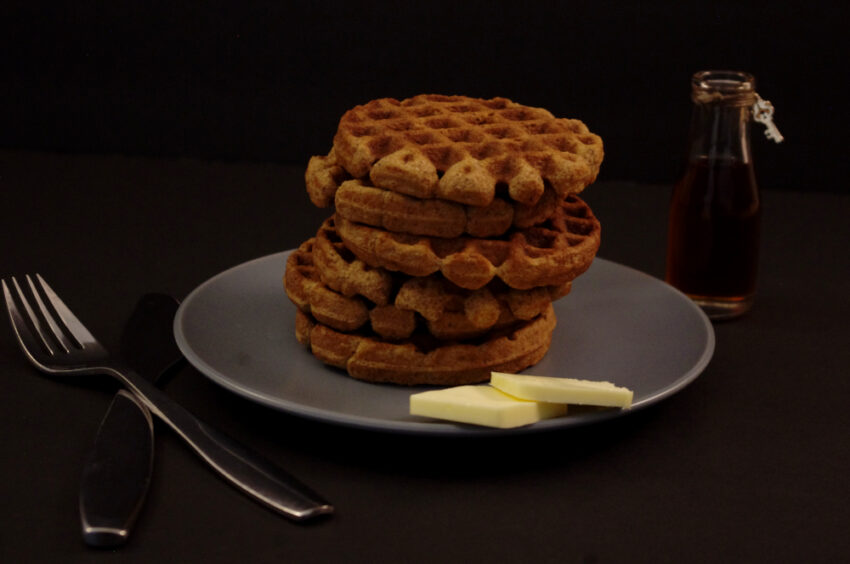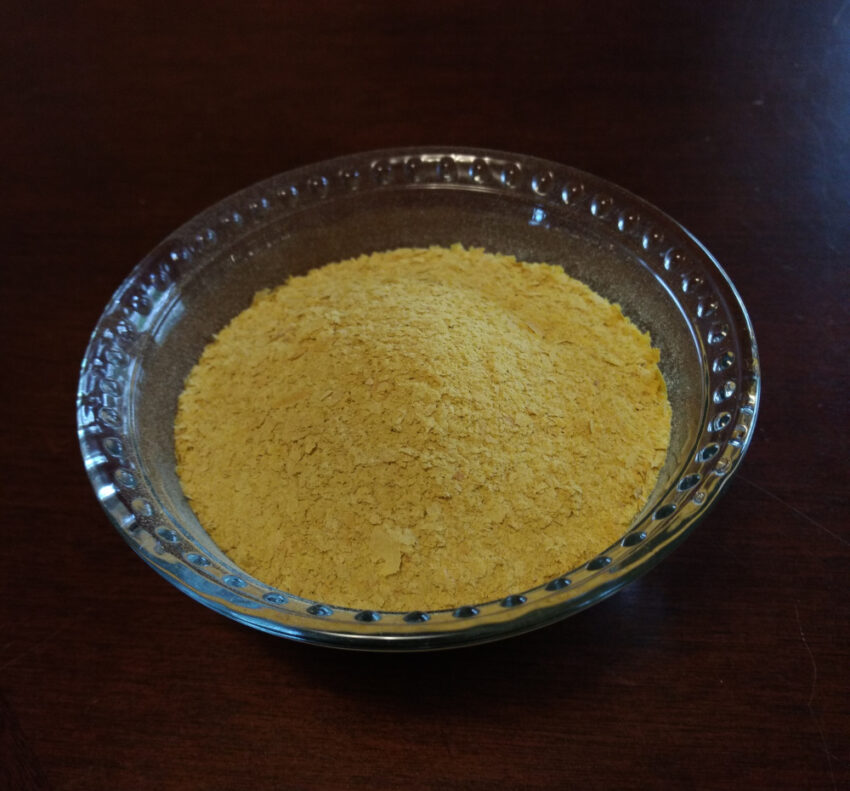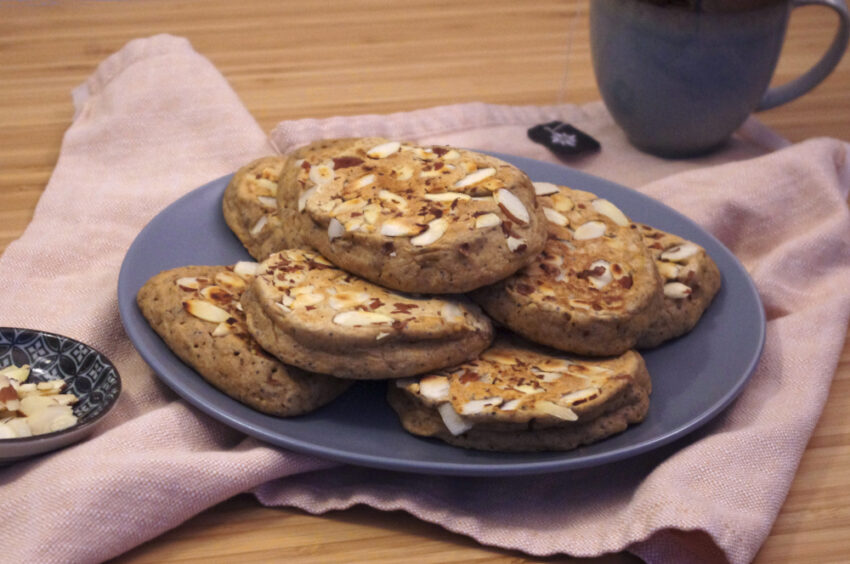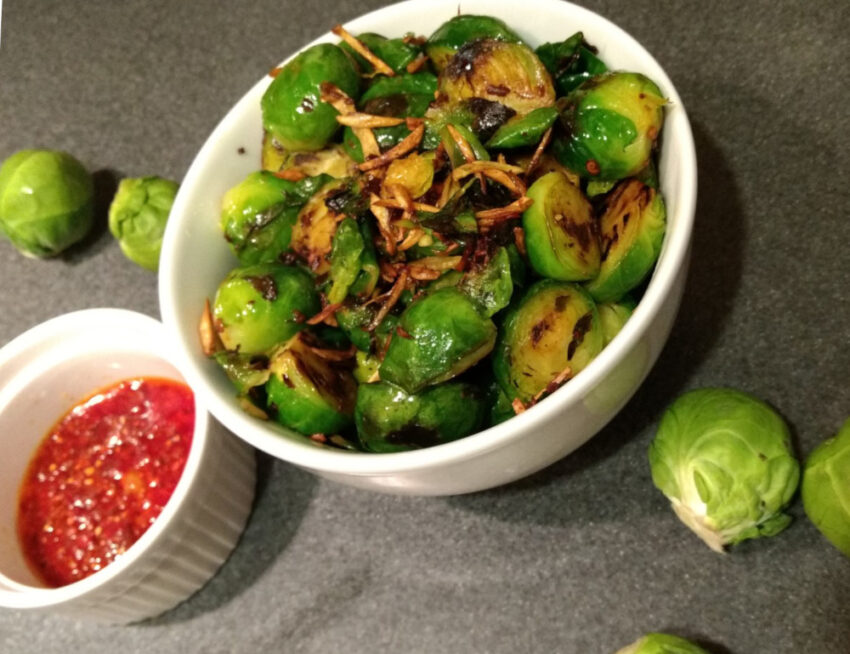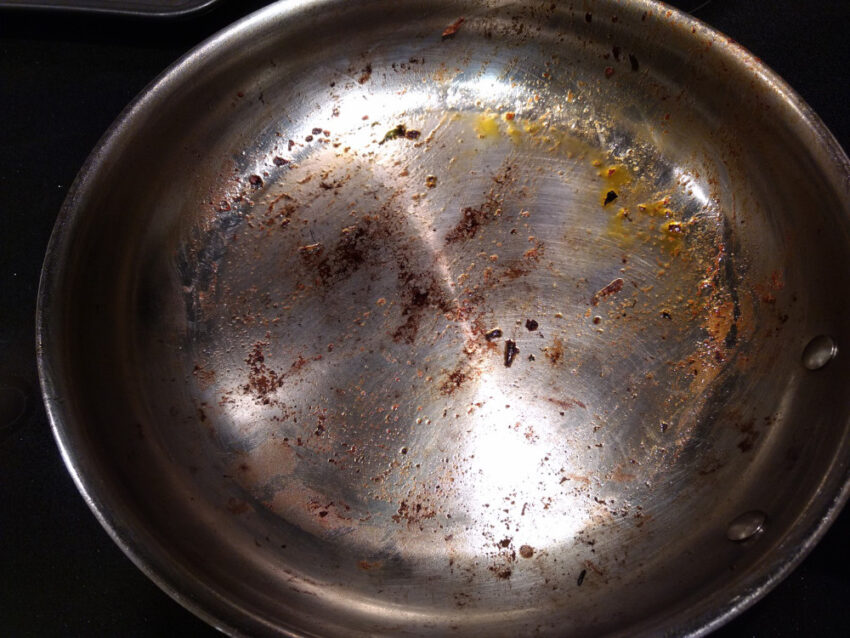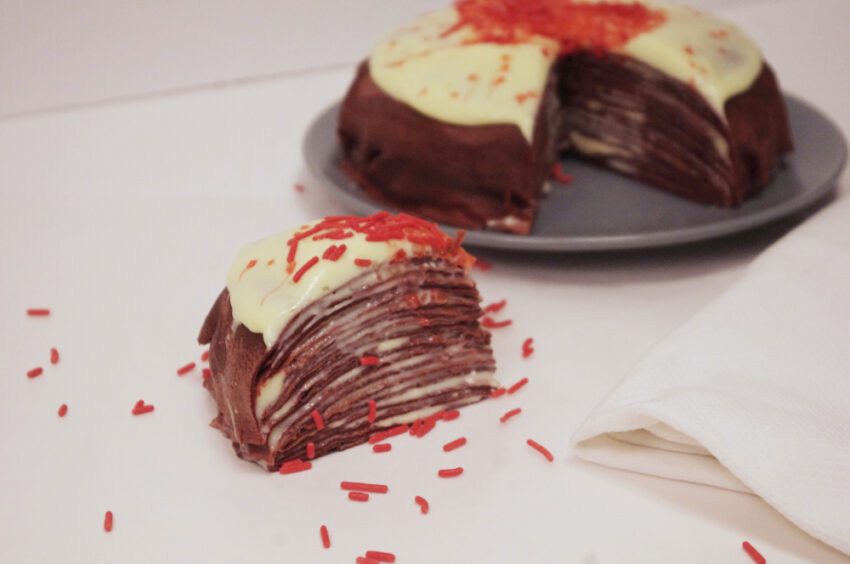In this glossary I’ve collected some cooking terms you’ll come across in my (and other) recipes. I will continue to update it as I go along.
Wholesome Brownies (Small Batch)
Brownies are the bomb, but they do tend to be an empty-calorie sort of bomb. Sometimes, that’s perfectly fine, but wouldn’t it be nice to make them more often without sacrificing all of your dietary principles? While not low-calorie, my wholesome brownies are almost entirely made from whole foods, which means the calories aren’t empty at all, but rife with nutrients and fiber. In fact, the only added fat or sugar in the recipe is the modest handful of chocolate chips.
Snap Pea & Ricotta Salad
Snap pea & ricotta salad is one of my go-to summer dinner recipes. It’s fresh and unique, and has enough cheese and nuts to give it enough staying power to call itself a proper meal. The slicing is the only significant labor involved, which is also a big plus.
Sourdough Discard Lemon Loaf Cake
This tender sourdough discard lemon loaf cake is a delightful way to put some extra sourdough starter to use, and does not require overnight resting (only an hour!). A luscious lemon sweet bread that retains only a subtle sourdough flavor, if any, and has a delicate crumb. The glaze isn’t required to make it worth your time, but adds a little to the luxury.
Low-Carb Waffles (that don’t suck)
I’ve tried many a recipe for keto and low-carb waffles off the internet and they’ve been…well…okay, I guess. After several of these lackluster experiences, I set out to make my own low-carb waffles. The result are these beauties…
Nutritional Yeast (aka Nooch)
Nutritional yeast, unlike other yeasts used to brew or bake, is dead (i.e. inactive). It kinda sounds like a weird thing to eat, but it actually has a wonderful savory umami flavor. Plus, among other nutrients, it contains essential amino acids and is usually fortified with B vitamins.
Almond-Poppy Seed Pancakes
Thick and puffy pancakes that pair perfectly with maple syrup or lemon curd. I love how the sliced almonds toast up in the pan as you flip them…
Garlic-chili oil Brussels sprouts
A simple, tasty, and attractive side dish. These garlic-chili oil Brussels sprouts are nutritious, delicious, and very quick to make!
Deglazing
Deglazing sounds like fancy chef talk but is actually really simple, and it’s an essential tool to have in your toolbox.
Mini Red Velvet Crepe Cake
This red velvet crepe cake is a fanciful, decadent treat. With a firmer, springier texture than a regular cake, the impressively thin red layers hold a surprising quantity of luscious cream cheese creme patisserie.

